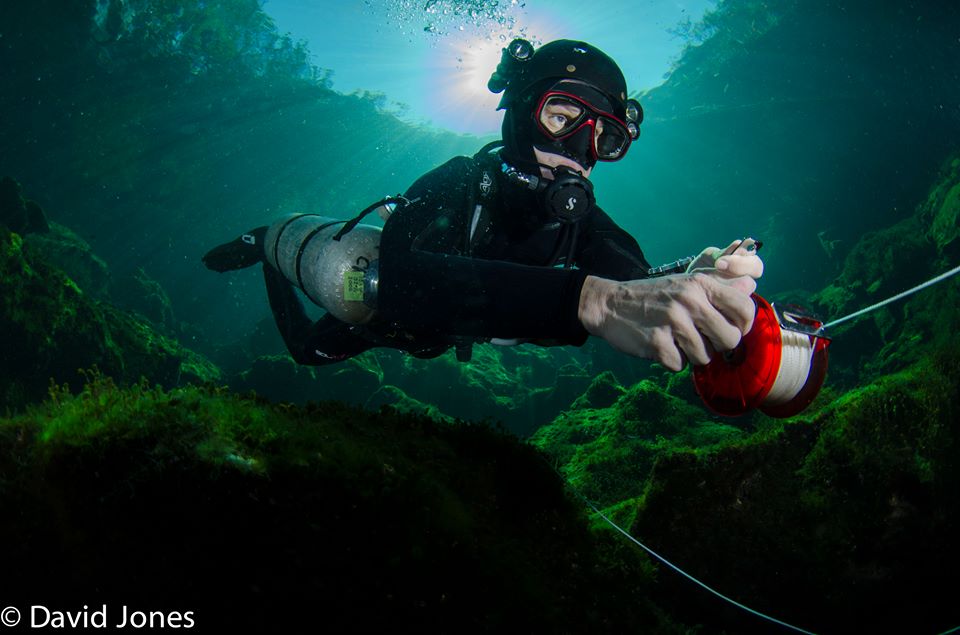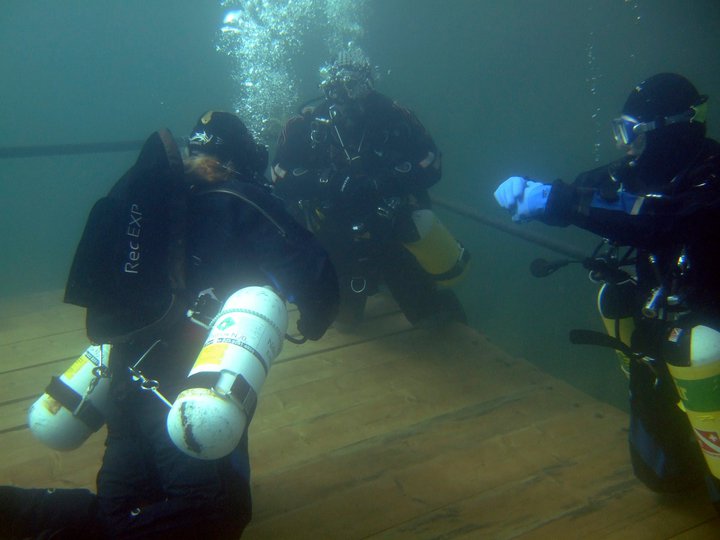Technical diving goes beyond the limits of normal recreational diving. Sometimes referred to as diving’s “extreme” sport, it utilises different equipment, methods and techniques to extend the boundaries of depth and duration. It requires additional training and experience above and beyond that covered during the normal mainstream PADI scuba diving programmes.
The term “technical” is a bit misleading; it makes it all sound a bit complicated. In actual fact it is not actually that difficult and the PADI Tec Rec series of programmes are designed to provide a progressive structure of training that builds on your experience as you go along.
If you decide to go “Tec”, it is important that you select a Technical Diving training centre and instructors with experience and credibility. Here at Triton Scuba we have instructors with hundreds of technical dives under their belts – and they like nothing better than to pass on their knowledge when they teach!
Technical diving is not for everyone, but if you do want to explore it further then the Rec Tec programmes conducted by us are the answer.
How long has technical diving been around?
Most people would agree that cave diving is a form of technical diving. Cave diving developed in the late 1960s and 1970s, developing into a discipline largely like it is today by the mid 1980s. In the early 1990s, several groups of divers around the world began experimenting with technologies for deep diving (beyond recreational limits) to explore both caves and wrecks. These communities united and emerged as “technical diving” or “tec diving” with the publication of aquaCorps (no longer in print), which dedicated itself to this type of diving. Since then, tec diving continues to develop both in scope and in its technologies.



